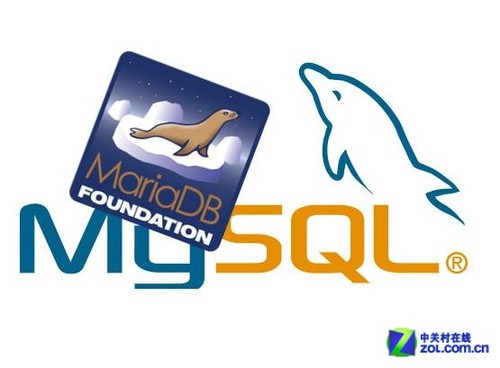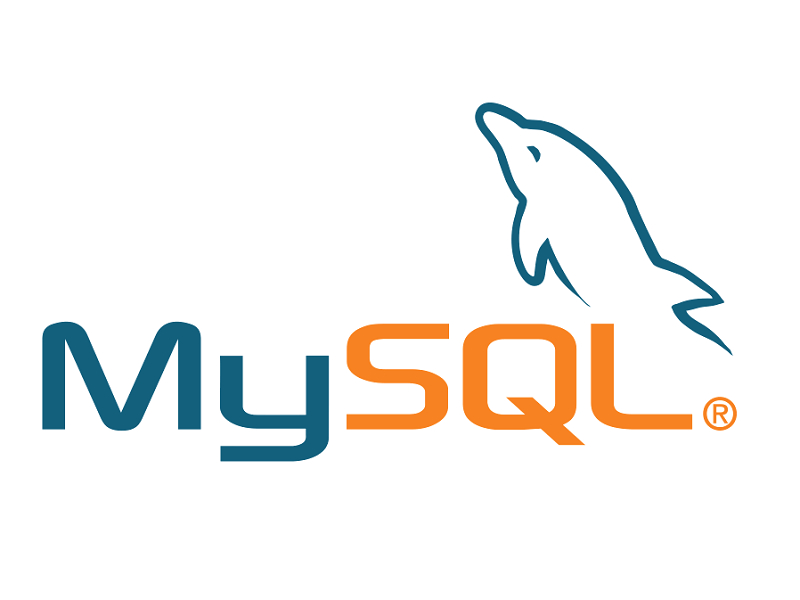10 recommended articles about parameter configuration
This article mainly introduces the relevant knowledge of .properties file reading and placeholder ${...} replacement source code analysis, which has a good reference value. Let’s take a look at it with the editor. Preface We often encounter a scenario in development. Some parameters in the Bean are relatively fixed. In this case, configuration is usually used to configure these parameters in the .properties file. Then when the Bean is instantiated, the parameters configured in these .properties files are read in and set to the corresponding parameters of the Bean by replacing the placeholder "${}" through Spring. The most typical example of this approach is JDBC configuration. This article will study the source code for reading .properties files and replacing placeholders "${}". First, start with the code, define a DataSource, and simulate the four parameters of JDBC: public class DataSource { /**
1. Recommended articles about replacing source code

## Introduction: This article mainly introduces the knowledge related to .properties file reading and placeholder ${...} replacement source code analysis, which has a very good reference value. Let’s take a look at it with the editor. Preface We often encounter a scenario in development. Some parameters in the Bean are relatively fixed. In this case, configuration is usually used to configure these parameters in the .properties file. Then when the Bean is instantiated, the parameters configured in these .properties files use the placeholder "${}&qu...
2. MySQL -Cluster cluster construction (based on RPM installation package dual management center) Detailed explanation

3.
MySQL - A detailed introduction on how to add a new database to the MySQL master-slave replication list
 ##Introduction: MySQL master-slave replication Generally, we will set up the database that needs to be synchronized. Using parameter configuration options, binlog-do-db, you can specify the database that needs to be synchronized on the master. Replicate-do-db is used on the slave. The data looks at the specified database that needs to be synchronized. (Generally, only binlog-do-db on the master is set, and there is no need to set both at the same time. Just in case, you can also add replicate-ignore-db on the slave). Today, the problem I encountered is that on the master
##Introduction: MySQL master-slave replication Generally, we will set up the database that needs to be synchronized. Using parameter configuration options, binlog-do-db, you can specify the database that needs to be synchronized on the master. Replicate-do-db is used on the slave. The data looks at the specified database that needs to be synchronized. (Generally, only binlog-do-db on the master is set, and there is no need to set both at the same time. Just in case, you can also add replicate-ignore-db on the slave). Today, the problem I encountered is that on the master
4.
mysqlslap code details for executing benchmark tests Introduction: Check the main parameter configuration and description supported by mysqlslap as follows
Introduction: Check the main parameter configuration and description supported by mysqlslap as follows
5.
dom4j operation xml File (full) ##Introduction: In the project, we use many xml files, whether Parameter configuration or data interaction with other systems.
##Introduction: In the project, we use many xml files, whether Parameter configuration or data interaction with other systems.
6. MySQL——Some parameter configurations for master-slave replication
 Introduction: In the previous blog post "MySQL - Master-Slave Replication (Read-Write Separation) Implementation", I introduced you how to configure the master-slave replication of MySQL, and briefly introduced some master-slave replication. Simple management operations from sync. In this blog post, I will introduce you to how to configure some parameters of MySQL master-slave replication. So let’s get down to business.
Introduction: In the previous blog post "MySQL - Master-Slave Replication (Read-Write Separation) Implementation", I introduced you how to configure the master-slave replication of MySQL, and briefly introduced some master-slave replication. Simple management operations from sync. In this blog post, I will introduce you to how to configure some parameters of MySQL master-slave replication. So let’s get down to business.

Introduction: There is no special point in the following. They are all commands that need to be executed by both servers. Since it is a dual management center configuration, the two machines actually have some identification IDs and IPs. Except for different configurations, other parameter configurations are basically the same
8. MYSQL learning summary (6): my.cnf parameter configuration and optimization according to status

Introduction: Summary: The default slow query time is 5 seconds, and queries exceeding 5 seconds are recorded. You can use set long_query_time = 2 to set the slow query time, and you can also use mysqldumpslow to analyze the slow query log. For example, to analyze the 20 most accessed statements, mysqldumpslow –s c –t 20 /usr/local/mysql/var /slowqu...
9. parallels desktop 9 Encapsulates a PDO database operation class code
Introduction: parallels desktop 9: parallels desktop 9 encapsulates a PDO database operation class code: copy the code as follows:
10. php-fpm startup parameter configuration detailed explanation
Introduction: Detailed explanation of php-fpm startup parameter configuration
[Related Q&A recommendations]:
jdk - java -jar search classpath problem
The apache installed on Linux started incorrectly! !
Automatic loading - About thinkPHP's AUTOLOAD_NAMESPACE
javascript - How to modify the configured parameters in $routeProvider in angularjs?
The above is the detailed content of 10 recommended articles about parameter configuration. For more information, please follow other related articles on the PHP Chinese website!

Hot AI Tools

Undresser.AI Undress
AI-powered app for creating realistic nude photos

AI Clothes Remover
Online AI tool for removing clothes from photos.

Undress AI Tool
Undress images for free

Clothoff.io
AI clothes remover

Video Face Swap
Swap faces in any video effortlessly with our completely free AI face swap tool!

Hot Article

Hot Tools

Notepad++7.3.1
Easy-to-use and free code editor

SublimeText3 Chinese version
Chinese version, very easy to use

Zend Studio 13.0.1
Powerful PHP integrated development environment

Dreamweaver CS6
Visual web development tools

SublimeText3 Mac version
God-level code editing software (SublimeText3)

Hot Topics
 1386
1386
 52
52
 Alipay PHP SDK transfer error: How to solve the problem of 'Cannot declare class SignData'?
Apr 01, 2025 am 07:21 AM
Alipay PHP SDK transfer error: How to solve the problem of 'Cannot declare class SignData'?
Apr 01, 2025 am 07:21 AM
Alipay PHP...
 Explain JSON Web Tokens (JWT) and their use case in PHP APIs.
Apr 05, 2025 am 12:04 AM
Explain JSON Web Tokens (JWT) and their use case in PHP APIs.
Apr 05, 2025 am 12:04 AM
JWT is an open standard based on JSON, used to securely transmit information between parties, mainly for identity authentication and information exchange. 1. JWT consists of three parts: Header, Payload and Signature. 2. The working principle of JWT includes three steps: generating JWT, verifying JWT and parsing Payload. 3. When using JWT for authentication in PHP, JWT can be generated and verified, and user role and permission information can be included in advanced usage. 4. Common errors include signature verification failure, token expiration, and payload oversized. Debugging skills include using debugging tools and logging. 5. Performance optimization and best practices include using appropriate signature algorithms, setting validity periods reasonably,
 Describe the SOLID principles and how they apply to PHP development.
Apr 03, 2025 am 12:04 AM
Describe the SOLID principles and how they apply to PHP development.
Apr 03, 2025 am 12:04 AM
The application of SOLID principle in PHP development includes: 1. Single responsibility principle (SRP): Each class is responsible for only one function. 2. Open and close principle (OCP): Changes are achieved through extension rather than modification. 3. Lisch's Substitution Principle (LSP): Subclasses can replace base classes without affecting program accuracy. 4. Interface isolation principle (ISP): Use fine-grained interfaces to avoid dependencies and unused methods. 5. Dependency inversion principle (DIP): High and low-level modules rely on abstraction and are implemented through dependency injection.
 How to automatically set permissions of unixsocket after system restart?
Mar 31, 2025 pm 11:54 PM
How to automatically set permissions of unixsocket after system restart?
Mar 31, 2025 pm 11:54 PM
How to automatically set the permissions of unixsocket after the system restarts. Every time the system restarts, we need to execute the following command to modify the permissions of unixsocket: sudo...
 How to debug CLI mode in PHPStorm?
Apr 01, 2025 pm 02:57 PM
How to debug CLI mode in PHPStorm?
Apr 01, 2025 pm 02:57 PM
How to debug CLI mode in PHPStorm? When developing with PHPStorm, sometimes we need to debug PHP in command line interface (CLI) mode...
 How to send a POST request containing JSON data using PHP's cURL library?
Apr 01, 2025 pm 03:12 PM
How to send a POST request containing JSON data using PHP's cURL library?
Apr 01, 2025 pm 03:12 PM
Sending JSON data using PHP's cURL library In PHP development, it is often necessary to interact with external APIs. One of the common ways is to use cURL library to send POST�...
 Explain late static binding in PHP (static::).
Apr 03, 2025 am 12:04 AM
Explain late static binding in PHP (static::).
Apr 03, 2025 am 12:04 AM
Static binding (static::) implements late static binding (LSB) in PHP, allowing calling classes to be referenced in static contexts rather than defining classes. 1) The parsing process is performed at runtime, 2) Look up the call class in the inheritance relationship, 3) It may bring performance overhead.
 Explain the concept of late static binding in PHP.
Mar 21, 2025 pm 01:33 PM
Explain the concept of late static binding in PHP.
Mar 21, 2025 pm 01:33 PM
Article discusses late static binding (LSB) in PHP, introduced in PHP 5.3, allowing runtime resolution of static method calls for more flexible inheritance.Main issue: LSB vs. traditional polymorphism; LSB's practical applications and potential perfo




